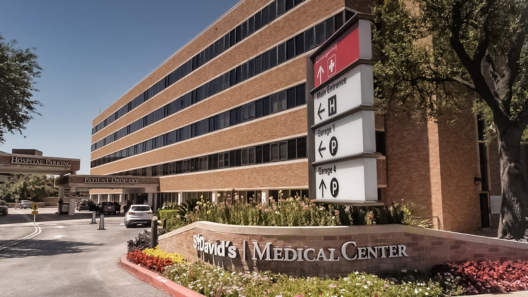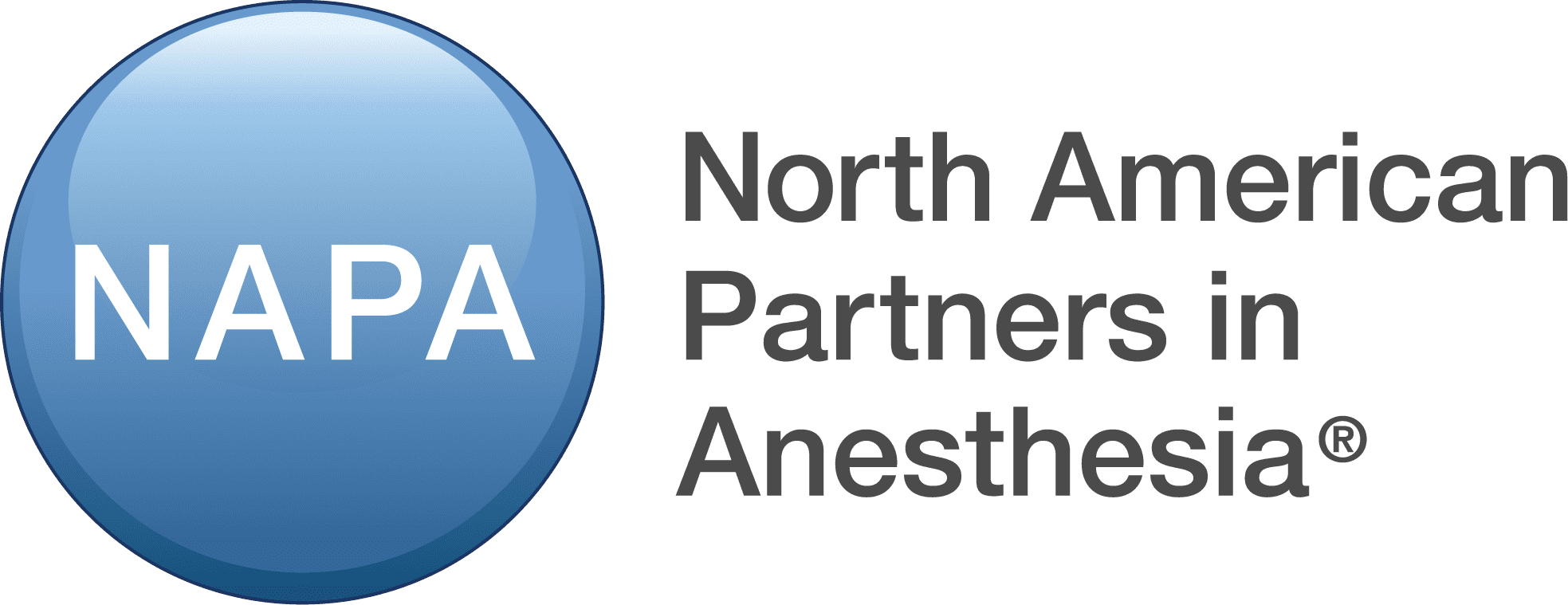Job Opportunities
CRNA Burnout, Work Life Balance, and the Big Picture: Reflections on AANA 2025
Leadership Spotlight: Kate Reddy, CRNA
The AANA Annual Congress isn’t just a conference—it’s a pulse check on where the CRNA profession is headed. This year, the conversations felt especially timely: how we care for ourselves and each other, how we adapt to new technologies, and how we continue to lead in a changing healthcare landscape.
Kate Reddy, CRNA, Chief CRNA at St. David’s HealthCare and NAPA-Austin Managing Director, returned from the Music City feeling recharged and focused on how to bring those insights back to her team. In this conversation, she shares what inspired her at AANA, how she’s thinking about the future of the profession for SRNAs and CRNAs, and why flexibility, mentorship, and team culture are more important than ever.
Q1: You recently attended the AANA Annual Congress. What were some of the biggest takeaways for you this year?
Kate Reddy: This year’s Congress felt different—in a good way. There was this strong sense that CRNAs aren’t just part of the conversation anymore—we’re helping lead it. Whether it was sessions on AI, patient safety, or expanding our scope, the message was clear: we’re driving innovation in anesthesia care.
One moment that really stuck with me was seeing six CRNAs honored as Fellows of the American Academy of Nursing. That kind of recognition doesn’t happen by accident—it’s a reflection of the clinical excellence, leadership, and mentorship CRNAs bring to the table every day. It made me proud, and honestly, it reminded me why I love this profession.
Q2: One of the themes at AANA was well-being and resilience. How do you support work-life balance for CRNAs at your hospital?
Kate Reddy: That really hit home for me. Burnout is something we’ve all felt at some point, and it doesn’t just go away on its own—you have to be intentional about preventing it. At NAPA-Austin, we’ve worked hard to build a scheduling model that gives people options. Some of our CRNAs prefer 8s or 10’s others like longer shifts with more days off; 12’s, 16’s and 24’s—we try to make it work based on what fits their life.
But it’s more than just the schedule. It’s the culture. People feel comfortable saying, “Hey, I need a break,” or “I’ve got something going on at home,” and they know they’ll be supported. That kind of trust makes a huge difference. We want our CRNAs to feel like they can have a full life outside of work—and still love what they do when they’re here. Building a schedule is a small part of my responsibilities. I believe my most important responsibility is to care for my team.

Q3: There was some discussion about working in hospitals that also employ AAs. What’s your perspective on this model for CRNAs?
Kate Reddy: While Anesthesiologist Assistants (AAs) are not new, we are seeing their integration into hospital anesthesia care teams expanding in some locations. So, for some practitioners, this model is new in how they currently work and there is understandably some uncertainty that comes with change. That’s why transparency and trust are key. NAPA-Austin has been an expanded care team model with CRNAs and AA’s since 2017. We’ve built a model that respects the unique strengths each provider brings. We are also committed to supporting all of our providers on our team as they build and strengthen their practice.
For CRNAs, I believe it is important to be proud of where you came from and the excellent care you are personally able to provide. It is also important to have room to grow whether that’s stepping into mentorship or leadership roles, or helping to shape team culture and build comradery amongst the providers. At NAPA-Austin, we prioritize leadership development and recognize the importance of the anesthetist voice, in a practice in which the largest stakeholders are CRNAs and AAs. I am grateful that we not only have a seat at the table, but we actively contribute to the direction and evolution of our practice.
Q4: At AANA, there was a strong contingent of SRNAs this year. What would you say to SRNAs who are just starting out and looking for the right place to launch their careers?
Kate Reddy: I always tell new grads: find a place where you’re seen—not just scheduled. At NAPA-Austin, we don’t just plug people into shifts. We take the time to get to know what kind of cases you want to grow in, what kind of support you need, and what kind of life you want outside of work. We pair new CRNAs with experienced mentors, and we’re intentional about creating a team culture where people feel supported, not burned out. Flexibility isn’t just a buzzword here—it’s something we actively work on, because we know that when people feel balanced, they do their best work.
Q5: One of the key messages at AANA was supporting the whole provider—not just the clinician. How do you help CRNAs on your team balance work with family, school, or other personal goals?
Kate Reddy: This is something I am very passionate about. I want all of our providers to feel comfortable coming to me with anything. I have had many coaches, mentors and managers in my life that were a major component of my level of engagement and happiness. Our jobs can be very challenging, but it's easier when you know you are supported, someone has your back and is committed to building a team and processes that set providers up for success. A leader who genuinely cares about you—not just as a provider, but as a whole person—can make all the difference.
Q6: Attending AANA is always energizing. What excites you most about the future of the CRNA profession?
Kate Reddy: What really struck me this year is how much the profession is evolving—and how CRNAs are right at the center of that change. We’re not just adapting to new technologies or policies; we’re helping shape them. Whether it’s leading conversations around AI in anesthesia, advocating for full practice authority, or mentoring the next generation, CRNAs are stepping into bigger roles. And honestly, the energy at AANA this year was contagious. You could feel the pride, the purpose, and the sense that we’re building something bigger than ourselves. That’s what excites me.

Kate Reddy, CRNA
Chief CRNA, St. David’s HealthCare
NAPA-Austin Managing Director

About St. David's HealthCare
Our diverse group is composed of anesthesiologists, CRNAs, and CAAs who provide anesthesia services across a range of specialties including general inpatient and outpatient cases, trauma, OB, neuro, EP and more.
Our care team model means that we focus on everyone having a voice, while supporting, respecting, and helping to deliver care excellence.
